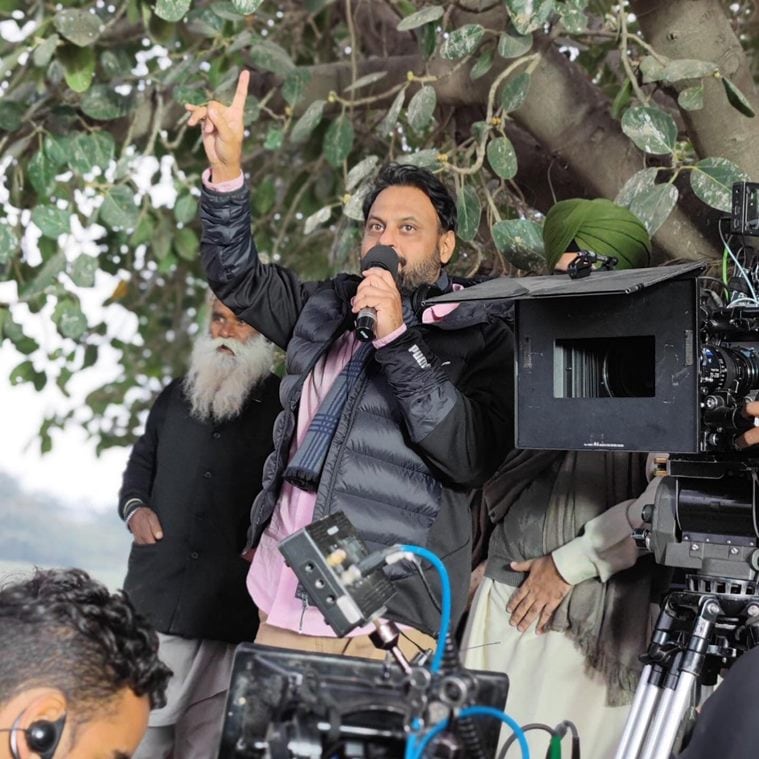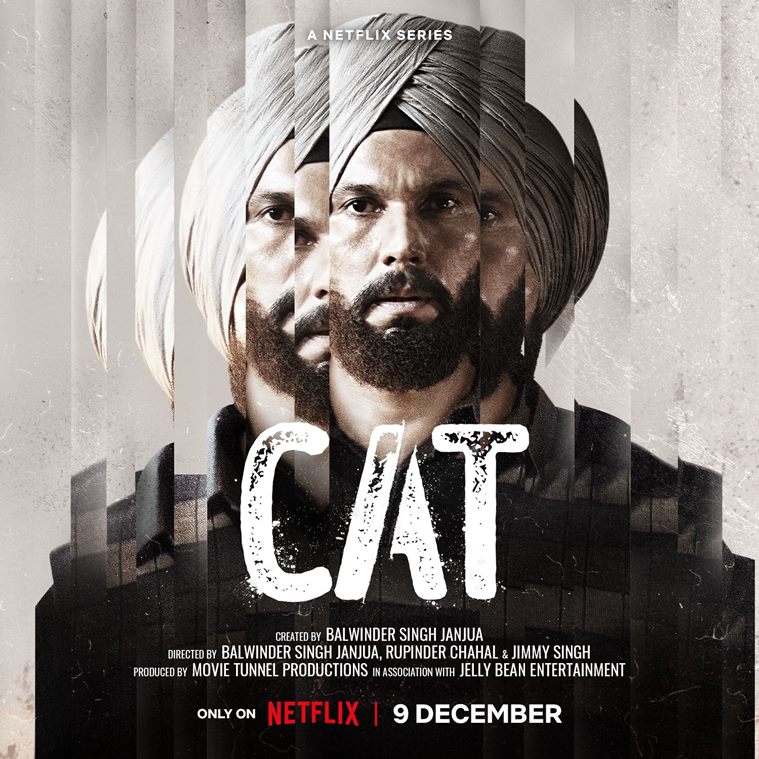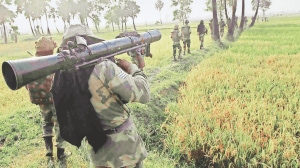Currently trending as the No 1 TV show on OTT platform Netflix, CAT is an eight-episode series set in the 1990s insurgency-hit Punjab, on the many shades of the life of Gurnaam Singh, a young man who becomes CAT (police informer) and infiltrates a powerful politician’s drug trade in Punjab.
The Punjab Police had unofficially engaged many mukhbirs or ‘Cat’ as they were popularly called, to infiltrate the network of militants to flush out terrorism from the state. Later, many were absorbed in the Punjab Police as a reward for ‘good work’ but the lives and actions of Cats have always been a topic of debate, amid grave allegations of human rights violations, and extra judicial killings of thousands of youths labelled as ‘militants’ and their family members.

The success of CAT on Netflix, a global OTT platform, probably the first exhaustive work on a plot set in Punjab, a border state which continues to face issues such as drugs and security, also comes as a long overdue appreciation for Punjabi language and hundreds of local artists/actors/crew members that the series makers engaged to ensure a largely authentic picture.
From its creator to cast, language to locations— CAT has Punjab deeply embedded into it at every level.
The creator, co-director, producer and writer of the series is Balwinder Singh Janjua (41), who had shifted to Mumbai nearly 20 years back from Kathiali village of border district Gurdaspur in Punjab, to fulfil his dream of being a showman.
 Balwinder Singh Janjua
Balwinder Singh Janjua
Speaking to The Indian Express, Janjua said that as a creator he ‘wanted to narrate a real story of his own land Punjab.’
“Though CAT is a work of pure fiction, it is inspired from what we saw, heard during that period. My father was in the Indian Air Force (IAF) but we used to visit our village often. It is the story of the people we know, what they went through during the black period in Punjab. It is a human story. Thanks to the outreach that OTT platforms have these days, CAT is being widely watched. It wasn’t possible to tell such an exhaustive story in a three-hour film,” says Janjua, who had earlier shot to fame for his critically acclaimed work ‘Saand ki aankh’.
Story continues below this ad
“People of Punjab went through a lot during the insurgency and it continues to have its repercussions even today. Somewhere as a writer, creator I always had that urge to tell a real story of my own land,” says Janjua. “To keep it balanced, we have tried to portray the double life that Gurnaam led,” he adds.
CAT comes as a long overdue win for Punjabi language too, with the majority of actors hailing from Punjab, speaking their own mother tongue on screen in authentic dialect.
“I strongly feel that the story of a particular region should be told in its own language. It should not look fake. Had a Punjabi man been shown speaking Hindi on screen, it would have taken out the entire essence from the story. For the series, we engaged at least 80-90 actors and crew from Punjab—local artists, theatre guys to fresh faces,” says Janjua.
The series was shot over 90 days across Majha region of Punjab— border districts Amritsar, Gurdaspur and Tarn Taran—the worst affected during terrorism.
Story continues below this ad
“The idea was also to generate employment and give work to local artists,” he adds.
The lead role of CAT Gurnaam Singh, is however played by Randeep Hooda, whom Janjua describes as a “method actor with unparalleled dedication.”
 Poster of CAT
Poster of CAT
“Though the film was never released, he (Hooda) actually grew a beard for years for his role of a Sikh soldier in ‘Battle of Saragarhi’. He is a method actor who seeps into his character. The day he signed CAT, he started speaking in Punjabi with everyone to practise the language,” says Janjua, on selecting Hooda, a Haryana native, for the lead role.
“As a Punjabi, I know my land, its culture.. Punjabiyat is such an accepted culture across the world, from its music to food, everyone loves it. So why not show the other side of this land too? No doubt that comedy genre is an integral part of Punjabi films landscape, but why no real stories of what people have actually gone through? I always felt that void, of not enough being said about what people of Punjab went through in the past,” says Janjua, announcing that next on cards for him is a work on the tragedy of India’s Partition, the story of the largest mass migration in human history. “It was actually Punjab and Bengal’s partition,” he says.
Story continues below this ad
The series has two other co-directors—Rupinder Chahal from Jagadhri, Haryana and Jimmy Singh from Ludhiana, Punjab.
Though CAT is largely a work of fiction inspired from real narratives, Punjab has always been intrigued by lives of real life cats such as Gurmeet Singh alias Pinky, a Babbar Khalsa militant group member turned police informer turned policeman, who was convicted of murdering a 21-year old youth from Ludhiana, awarded life imprisonment by court but was out of jail after just seven years. He was then reinstated in Punjab Police for his ‘outstanding work during terrorism period and arresting terrorist Jagtar Singh Hawara in a live encounter in 1995’, but the order was eventually withdrawn after uproar.



 Balwinder Singh Janjua
Balwinder Singh Janjua Poster of CAT
Poster of CAT





